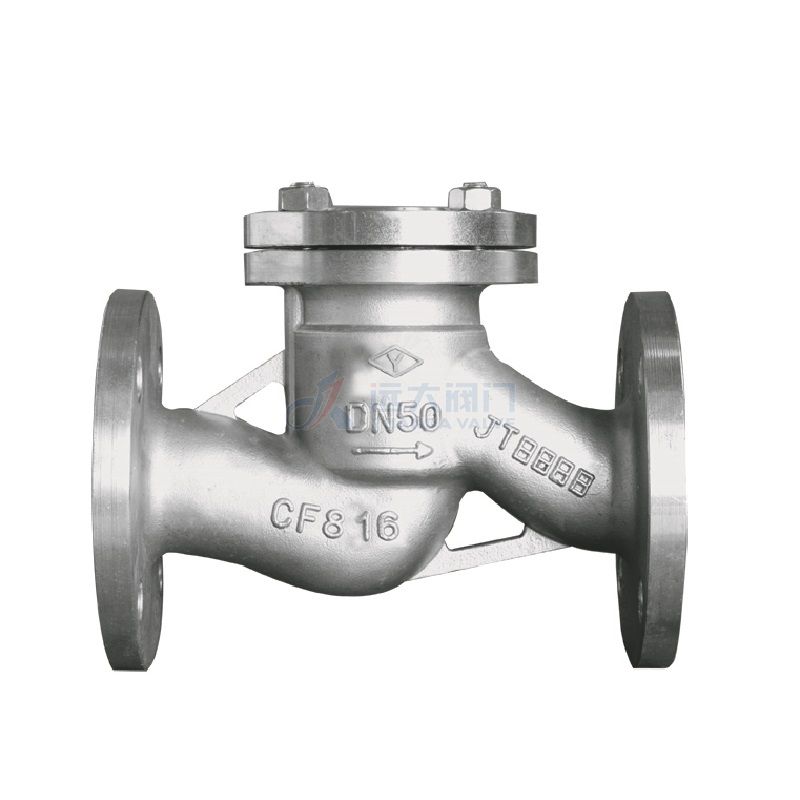Why Check Valves Slam and What To Do About it?
Check valves are simple valves. They use forward flow to open the valve, then automatically close when flow stops, preventing reverse flow from making its way back through the valve. They don’t require power to function, and they don’t require a whole lot of attention or maintenance. They do get a lot of attention, however, when they slam.
What causes the slam?
A check valve relies on gravity and/or reverse flow to close completely. Opportunity for check valves to slam frequently occurs at pump shutdown. When a pump stops, gravity and reverse flow slam the check valve shut. Because fluid is non-compressible, it creates a pressure or shock wave (water hammer). The fluid continues to flow back and forth until friction losses cause the wave to settle.
Slamming check valves cause serious pressure surges in a system that rattle pipes and damage equipment. Some people assume that’s just what check valves do. "No matter what, they’re going to slam." But that’s just not the case. Usually, the real cause of these problems stems from poor sizing and selection, not the type of valve itself.
Minimizing Slam Through Proper Sizing
Oftentimes check valves are selected based on the pipe size and the desire for the largest Cv possible. (CV stands for “coefficient of flow” for valves and demonstrates a valve’s capacity for liquid to flow through it.) Of course you want the ability to put as much fluid through the valve as possible, right? Makes sense, except this completely disregards the fact that flow conditions determine the internal performance of a check valve because the disc is directly in the flow path.
If there is not enough flow to keep the valve fully open with the disc reaching the ceiling of the check valve, the disc will move up and down, resulting in pre-mature wear, potential for failure, and a higher pressure drop.
For proper check valve selection, consider the following:
Line sizing
Application data (fluid characteristics, including temperature and pressure)
Seat type
Installation (horizontal or vertical)
End connection
Valve rating
Material compatibility with the medium
Envelope dimensions
Leakage requirements
Selecting a valve of the proper size will have an impact on the amount of water hammer felt by the piping system.
Selecting the right type of check valve
Another solution to slamming check valves is to look at the type of check valve used in the application. Silent, ball, and resilient hinge are alternatives to the traditional swing check valve. They each carry different characteristics with varying degrees of pressure drop and closure speed.

评论
发表评论